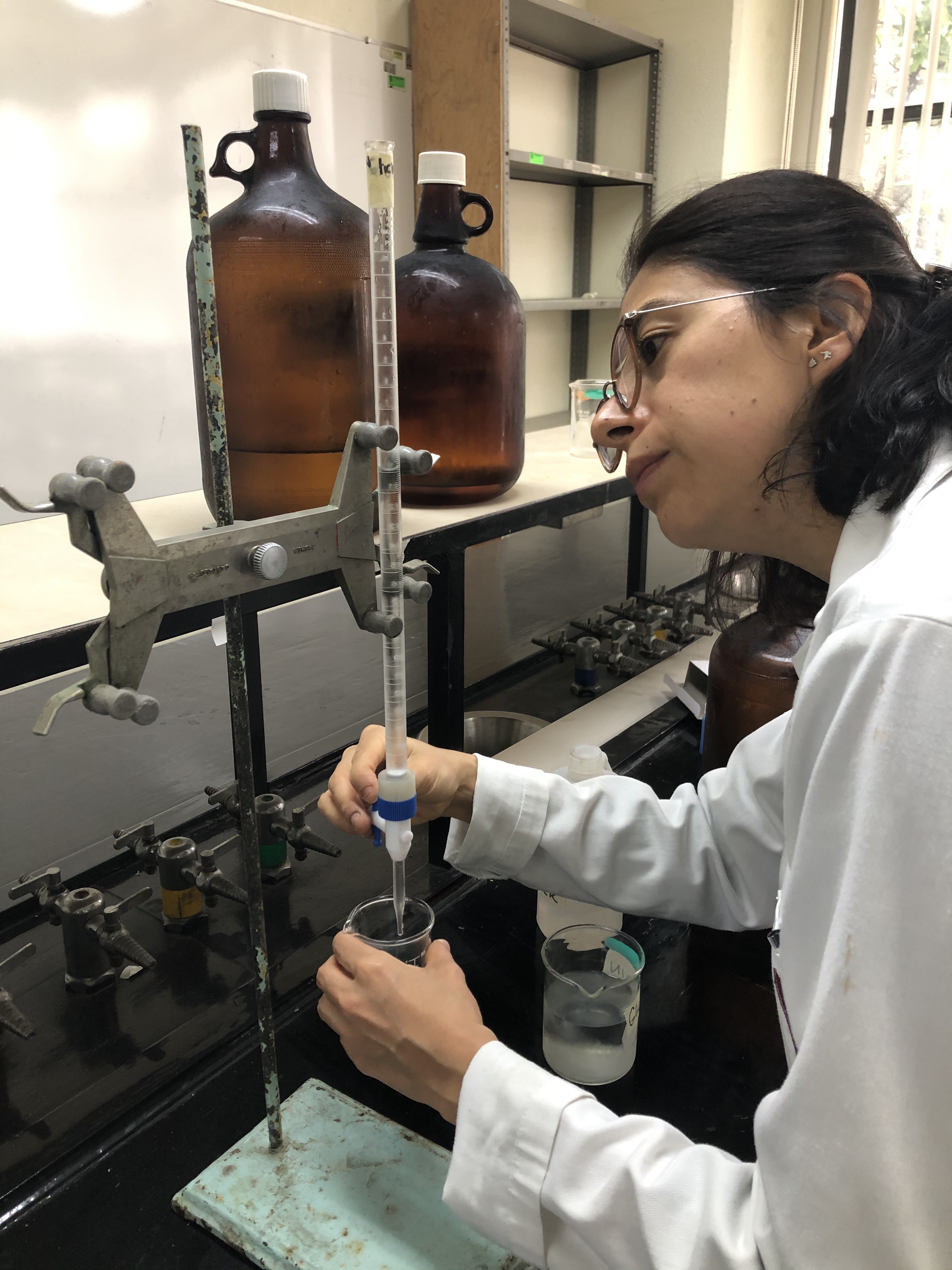
The appearance of drug-resistant strains of Mycobacterium tuberculosis and the dramatic increase in infection rates worldwide evidences the urgency of developing new and effective compounds for treating tuberculosis. Benzimidazoles represent one possible source of new compounds given that antimycobacterial activity has already been documented for some derivatives, such as those bearing electron-withdrawing groups. The aim of this study was to synthesize two series of benzimidazoles, di- and trisubstituted derivatives, and evaluate their antimycobacterial activity. Accordingly, 5a and 5b were synthesized from hydroxymoyl halides 3a and 3b, and nitro-substituted o-phenylenediamine 4. Compound 11 was synthesized from an aromatic nitro compound, 4-chloro-1,2-phenylenediamine 9, mixed with 3-nitrobenzaldehyde 10, and bentonite clay. Although the synthesis of 11 has already been reported, its antimycobacterial activity is herein examined for the first time. 1,2,5-trisubstituted benzimidazoles 7a, 7b, and 12 were obtained from N-alkylation of 5a, 5b, and 11. All benzimidazole derivatives were characterized by FT-IR, NMR, and HR-MS, and then screened for their in vitro antimycobacterial effect against the M. tuberculosis H37Rv strain. The N-alkylated molecules (7a, 7b, and 12) generated very limited in vitro inhibition of mycobacterial growth. The benzimidazoles (5a, 5b, and 11) showed in vitro potency against mycobacteria, reflected in minimal inhibitory concentration (MIC) values in the range of 6.25-25 μg/mL. Consequently, only the 2,5-disubstituted benzimidazoles were assessed for biological activity on mouse macrophages infected with M. tuberculosis. A good effect was found for the three compounds. The cytotoxicity assay revealed very low toxicity for all the test compounds against the macrophage cell line. According to the docking study, 2,5-disubstituted benzimidazoles exhibit high affinity for an interdomain cleft that plays a key role in the GTP-dependent polymerization of the filamentous temperature-sensitive Z (FtsZ) protein. The ability of different benzimidazoles to impede FtsZ polymerization is reportedly related to their antimycobacterial activity. On the other hand, the 1,2,5-trisubstituted benzimidazoles docked to the N-terminal of the protein, close to the GTP binding domain, and did not show strong binding energies. Overall, 5a, 5b, and 11 proved to be good candidates for in vivo testing to determine their potential for treating tuberculosis.Copyright © 2020 Jiménez-Juárez, Cruz-Chávez, de Jesús-Ramírez, Castro-Ramírez, Uribe-González, Martínez-Mejía, Ruiz-Nicolás, Aguirre-Alvarado, Castrejón-Jiménez and García-Pérez.








